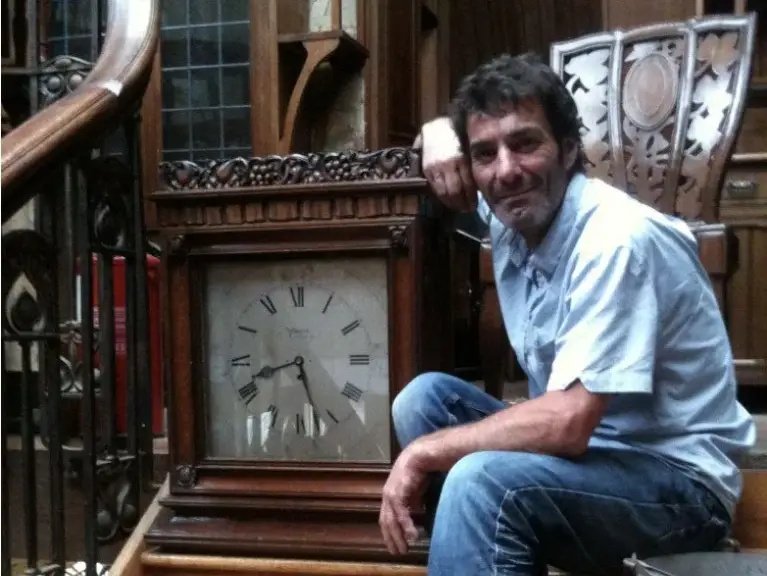
Tony is the passionate owner of Puritan Values. He started the business 35 years ago, collecting period furniture and selling them. Read more about how it all started for Tony.
Antique dealer and historian
Tony is a specialist art and antique dealer, interior designer, historian and curator for museum exhibitions and private collectors alike. Researcher, writer and historian on 19th and 20th century decorative arts from the Industrial Revolution in the mid to late Victorian era, through the early 20th century to Scandinavian design that flourished in the 1950s and 1960s.




